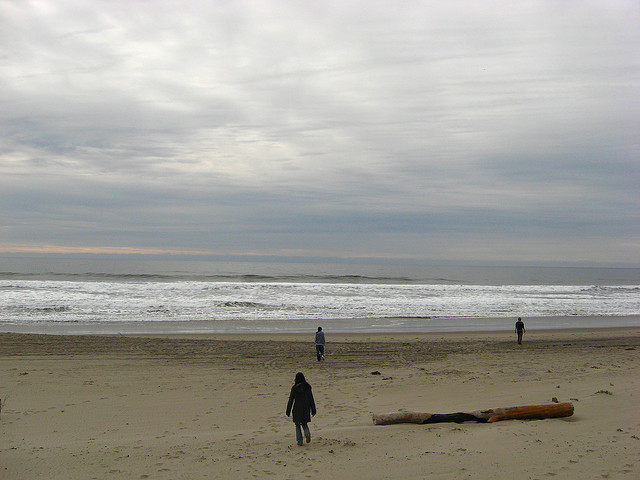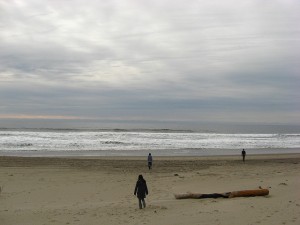Latino Voices Supported California Coastal Conservation

By Jose Gonzalez, NewsTaco
Good news for California’s coast: California has now completed its Marine Protected Areas (MPA) network. This is in addition to President Obama’s recent announcement for a proposed extension of national marine sanctuaries. The network is the largest of its kind and it covers a heavily populated coastline, making the completion of California’s MPAs a big deal and exciting news for coastal conservation. As the LA Times reports:
“Surviving budget cuts, mobs of angry fishermen and death threats, California officials today completed the largest network of undersea parks in the continental United States — 848 square miles of protected waters that reach from the Oregon state line to the Mexican border.”
The LA Times articles also mentions how it was a contentious process:
“The size of the network is exactly what filled auditoriums with red-shirted, shouting fishermen, angry at impending closures of favored fishing spots.”
“‘We got death threats,’ said Richard B. Rogers, a lifelong recreational fisherman. ‘There were threats of physical violence.’”
Overall, as a mainstream conservation effort this whole story is a win, though there is still some fair criticism of the network.
But an important component of the story to also highlight is how Latino participation in the process—specifically one case from 2009 that highlights the continued need for diversification of the conservation movement and dealing with embedded stereotypes.
The story is from Project Economic Refugee, which documented the process at one MPA hearing and noting how some of the anti-MPA sentiment was directed at Latino students:
“Some white fishermen that were unequivocally opposed to any kind of MPA being implemented in Southern California started attacking Latinos that came to the hearing in support of the MPA’s. In one instance, totally unprovoked, a high-strung white guy started yelling at some Latino high school kids from Compton, harassing them with insulting questions like ‘do you even know what this is about?’, ‘who brainwashed you?’, or ‘are they giving you extra credit to be here?’. Never mind that these were mostly Advanced Placement Compton students that knew quite a lot about the issue, having studied and prepped for the hearing because they wanted to learn about the democratic process.”
That is disheartening because such students are the current and future face of a diversified conservation movement. It is an example that laid bare some of the prejudice that is sometimes more hidden and institutionalized in mainstream conservation. It makes it more difficult for Latinos to believe they are welcomed as full and engaged partners in conservation. It also undermines conservation organizations that make genuine efforts to increase Latino participation.
As Latinos continue to redefine the face of conservation, yes, there is a need for the Latino community to be engaged by the conservation community and do further learning. But there is also already a knowledgeable core of Latino conservationists, here to be taken seriously as Latinos and as conservationists.
The MPAs do have Latino support. The National Latino Congreso passed a resolution on it. Latinos mobilized with conservation groups to support this process. Project Azul is a prime example of a targeted effort at increasing Latino leadership and participation in ocean conservation, stemming from the MPA process.
Latinos had a presence during the MPA process and have been making ripples—which are only to increase as a wave in ocean conservation.
[Photo by Jose Gonzalez]

